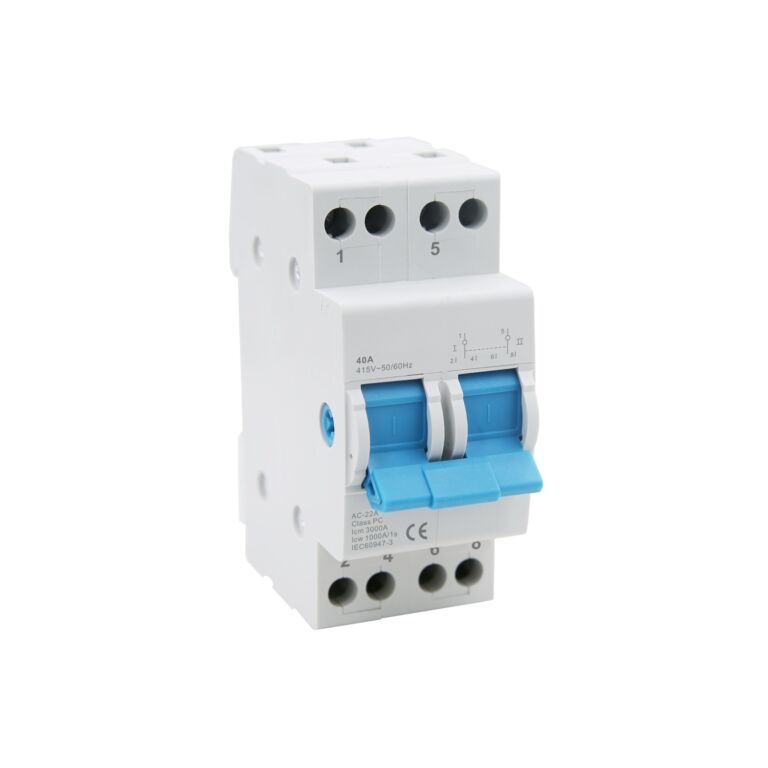


How Does a Circuit Breaker Work? A Step-by-Step Guide
Circuit breakers are an essential part of electrical systems, ensuring safety by protecting circuits from overloads, short circuits, and other faults. They automatically disconnect the flow of electricity when these problems occur, preventing potential damage to devices, electrical fires, and even personal injury. In this article, we’ll take a detailed look at how circuit breakers work, with insights into OOHMAGE’s long-standing expertise in the field of low-voltage electrical solutions.
Founded in 1994, OOHMAGE started its journey in the field of low-voltage electrical systems. Over the last 27 years, the company has expanded its product line to include electric enclosure products. With a focus on innovation and safety, OOHMAGE has built a professional network consisting of multiple branches involved in manufacturing, quality inspection, product research and development, and international trading. This expertise is evident in the company’s comprehensive range of circuit protection products.
A circuit breaker is an automatic safety device designed to cut off the electrical current when an abnormal condition, such as an overload how does a circuit breaker work Unlike fuses, which need to be replaced after they blow, circuit breakers can be reset and used repeatedly. They serve a vital role in modern electrical systems by protecting homes, industries, and infrastructure from electrical faults.
There are various types of circuit breakers, each suited to specific applications:
OOHMAGE, with its extensive experience in the low-voltage electrical sector, offers a wide range of circuit breakers, emphasizing innovation and reliability.
The first step in the functioning of a circuit breaker is the detection of an electrical fault. This can be an overload, where too much current flows through the circuit, or a short circuit, which occurs when electricity flows through an unintended path. Circuit breakers are equipped with sensors or electromagnets that detect such irregularities in current flow.
Once a fault is detected, the breaker’s tripping mechanism is activated. In the case of an overload, a bimetallic strip inside the breaker heats up and bends due to the excess current. For short circuits, an electromagnet generates a magnetic force strong enough to trigger the breaker. OOHMAGE designs their circuit breakers with advanced tripping mechanisms to ensure quick and reliable protection against faults.
When the tripping mechanism is triggered, the circuit breaker opens its internal contacts, creating an air gap that interrupts the flow of electricity. This immediate disconnection prevents damage to the electrical system and any connected devices. OOHMAGE’s precision engineering ensures that this process happens seamlessly, maintaining the safety of electrical networks.
Once the issue has been resolved, whether by reducing the load or fixing a short circuit, the circuit breaker can be reset manually. This restores the flow of electricity through the circuit. The ability to reset and reuse breakers is one of their main advantages over traditional fuses.
Circuit breakers are critical in safeguarding not only electrical systems but also the people who interact with them. Without these devices, the risks of electrical fires, equipment damage, and personal injury would be far higher. OOHMAGE’s extensive product line in low-voltage circuit protection ensures reliability and durability in various settings, from residential homes to large industrial installations.
